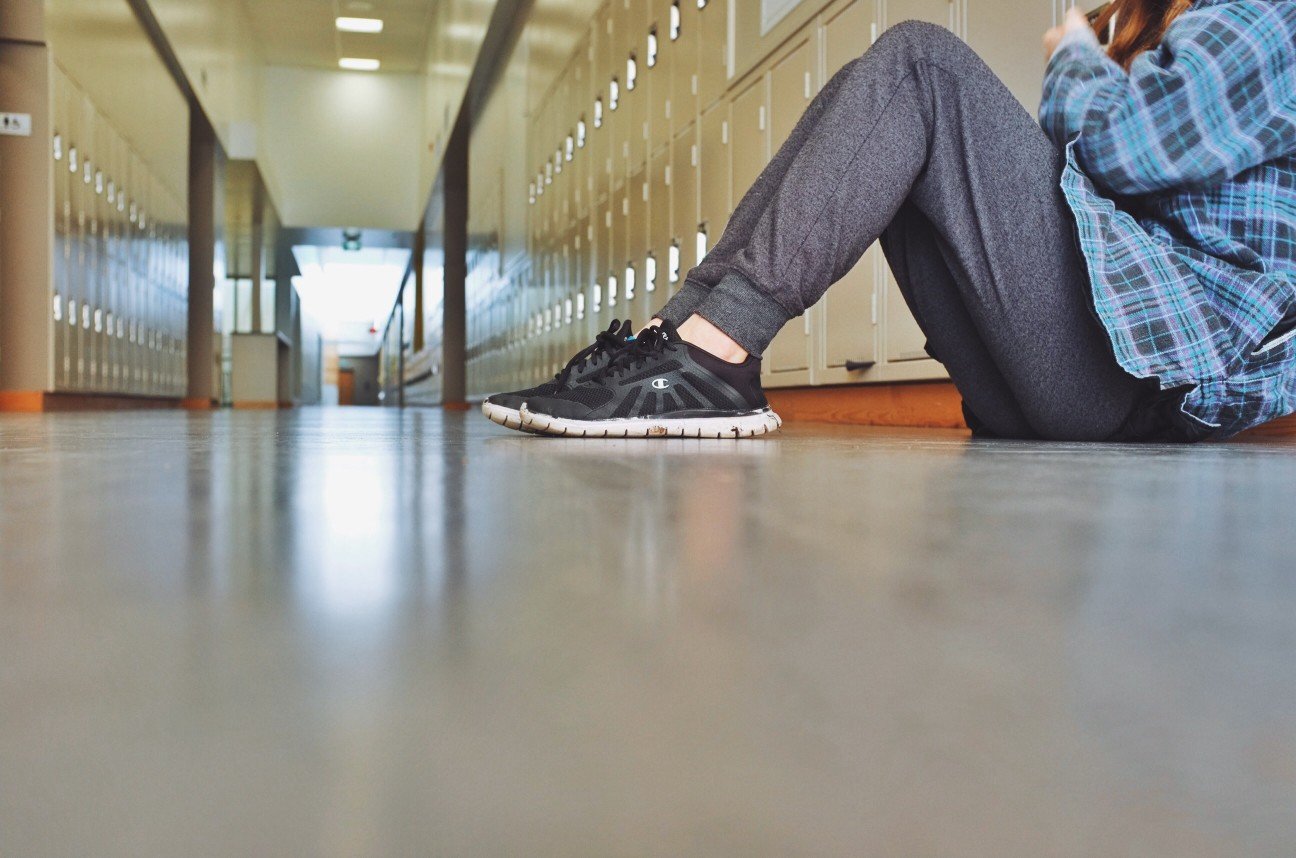Recently, on a trip to New York City, my daughter and I had brunch at a well-known eatery in the Meat Packing District. As we waited for our huge plates of pancakes and eggs to arrive, I noticed a sign on the table. “Put CBD in your coffee” was in bold red letters, right next to the sugar packets and extra napkins. Though I had already ordered a Bloody Mary (hey, it was Sunday and that’s what you do at brunch, right?), I was curious.
Before that morning at brunch, I knew very little about cannabidiol (CBD), which is one of the 100 chemical compounds found in the marijuana plant, other than it seems CBD is everywhere these days.
You can find cannabidiol in everything from brownies to dog treats and the market seems to be exploding with products aimed at consumers who want to incorporate CBD into their daily lives. CBD is being combined with ice cream, snacks, and cocktails. Vape shops sell CBD oil for inhaling and you can even buy cannabidiol ointments and creams for your skin.
And, with marijuana being legalized in more states, CBD and marijuana products are boom to many economies across the country.

But what does it all mean? What is CBD exactly?
Marijuana, which can also be called weed, pot, dope, or cannabis, is the dried flowers and leaves of the cannabis plant. It contains mind-altering compounds like tetrahydrocannabinol, or THC, as well as other active compounds like cannabidiol, that are not mind-altering.
Most people are familiar with the compound THC with regards to marijuana. Basically, THC is the compound that causes a mind altering marijuana high and “the munchies” whereas CBD does not.
CBD is marketed as a product that will ostensibly help you relax without the psychotropic effects of toking a joint laced with THC.
Why do people use CBD?
People take or apply cannabidiol to treat a variety of symptoms, but in many cases, its use is controversial. There is some confusion about what it is and how it affects the human body. CBD can be used for everything from natural pain relief to treating seizures in a variety of forms and products.
Some people report that CBD helps with the withdrawal from nicotine and a study in the Journal of Experimental Medicine found that cannabidiol reduced chronic inflammation in mice and rats. People use cannabidiol to treat acne, Alzheimer’s, anxiety disorders, and even cancer. In 2018, the FDA approved a version of CBD called Epidolex for two rare seizure disorders.
However, according to the FDA website, to date, the FDA has not approved a marketing application for marijuana for any indication, including cannabidiol.
Now is a good time to discuss the fact that production of CBD products is largely unregulated and if you are in the market to purchase CBD, it can be difficult to know how much CBD is actually in the product you buy.
And, beware: CBD products should not contain more than 0.3 percent of THC so screen the website or store carefully before buying. Be prepared to pay a steep price: CBD can run upwards of $500 a month for some applications.
Is CBD legal?
Sort of. Here’s where things get tricky: CBD isn’t totally legal in our country but it depends on where you live.
Most CBD oils are hemp-derived, which, by definition, means they contains less than 0.3 percent THC. (Hemp is cannabis that can’t get anyone stoned.) But the Drug Enforcement Agency still considers “marijuana (cannabis)” a Schedule I controlled substance, in the same category as heroin and meth.
According to Vox, “the Drug Enforcement Administration classifies CBD as illegal, although it doesn’t go after anyone using or possessing it, and it hasn’t said if it will reclassify CBD now that hemp is legal. The Food and Drug Administration still considers it a drug, and therefore categorizes it as illegal to be put in foods and or health products without its approval.”
Loosely translated, if cannabidiol is illegal in your area, you probably won’t get in trouble for using it or buying a CBD product. But still proceed with caution with regards to the laws in your area.
But, in the states that have legalized marijuana, 17 of them have laws specifically governing CBD.
If CBD products are readily available, does that mean teens can buy them, too?
Yes, and no.
Some states require a doctor’s prescription to purchase CBD products but, in other states where CBD is legal, you can purchase CBD oils and products over the counter in health stores or other locations.
The takeaway here is to look at your state’s laws and discuss them with your teen so that you are all on the same page about the legalities of CBD in your state or county.
What are the long-term effect of CBD?
That’s the 20-million-dollar question.
Because marijuana legislation is changing almost daily, long-term studies haven’t materialized as quickly. And, while there are promising studies in reputable journals about marijuana and CBD for ailments like anxiety and Alzheimer’s, much more research is needed to determine the long-term effects of CBD on certain disorders.
“There is a huge void of research in terms of confirming most effective dosing for various symptoms, so most of this is done by trial and error and self-titration,” Eric Baron of the Cleveland Clinic Neurological Institute, who has written several papers about the effects of THC and CBD on headaches, told Vox in November.
But, the good news is that now that CBD is more widely available and legal in many states, researchers have access to cannabidiol for research studies and clinical trials.
The bottom line is that no one really knows how safe or effective CBD products are and parents should have regular conversations with their teens regarding the cannabidiol products they are buying and using.
Related:








